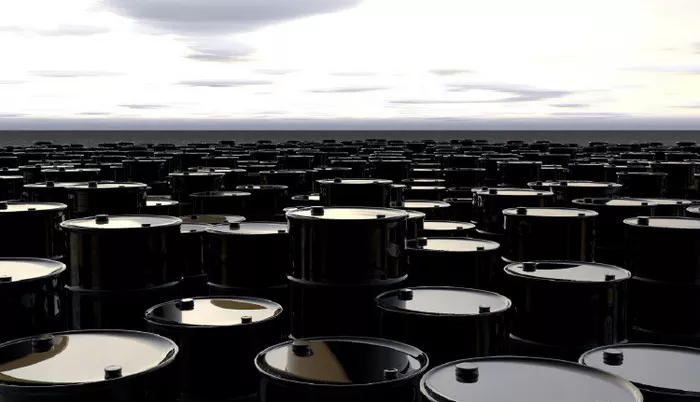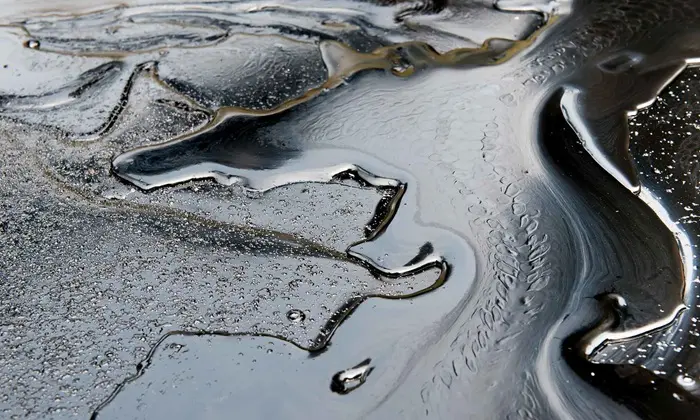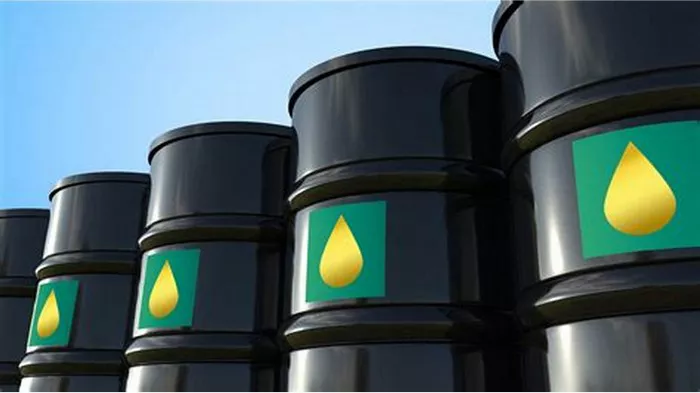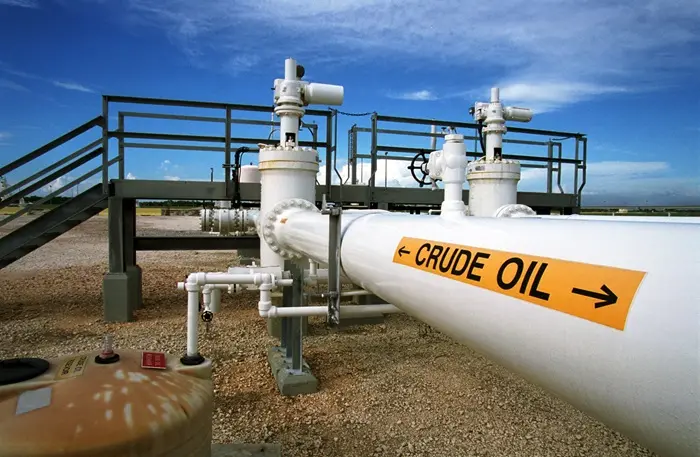Crude oil is often discussed in the same breath as minerals due to its immense economic importance and natural occurrence. However, despite these similarities, crude oil is not classified as a mineral. This distinction is significant in the realms of geology, economics, and industry. Understanding why crude oil isn’t a mineral requires a deeper look into the characteristics that define minerals and the nature of crude oil itself. Here are 6 key reasons why crude oil does not fit the mineral classification.
1. Definition of Minerals
Mineral Characteristics
Minerals are naturally occurring, inorganic solids with a defined chemical composition and a crystalline structure. They are formed through geological processes and are typically found in the earth’s crust. Minerals exhibit specific physical properties such as hardness, luster, and cleavage, which help in their identification and classification.
Crude Oil Composition
Crude oil, on the other hand, is a complex mixture of hydrocarbons and organic compounds. It is formed from the remains of ancient marine organisms that have undergone heat and pressure over millions of years. Unlike minerals, crude oil does not have a definite chemical composition or crystalline structure, making it fundamentally different from minerals.
2. Organic vs. Inorganic
Inorganic Nature of Minerals
One of the primary criteria for a substance to be classified as a mineral is that it must be inorganic. Minerals are composed of elements and compounds that are not derived from living organisms. They are purely geological in origin and do not involve biological processes in their formation.
Organic Origin of Crude Oil
Crude oil is distinctly organic, formed from the decomposition of ancient marine organisms like plankton and algae. These biological materials are subjected to heat and pressure over geological time, transforming into hydrocarbons. The organic origin of crude oil is a fundamental reason it cannot be classified as a mineral.
See Also: 7 Reasons Why Crude Oil Needs to be Refined
3. Physical State
Solid State of Minerals
Minerals are always found in a solid state. Their solid form is due to the crystalline structure that results from the orderly arrangement of atoms within them. This solid state allows minerals to have a fixed shape and volume.
Liquid State of Crude Oil
Crude oil is naturally found in a liquid state at room temperature and pressure. It is a viscous fluid that can flow and does not have a fixed shape or volume. This liquid nature is a stark contrast to the solid state of minerals, further distinguishing crude oil from mineral classification.
4. Crystalline Structure
Ordered Atomic Arrangement in Minerals
A defining characteristic of minerals is their crystalline structure, which is an orderly and repeating arrangement of atoms. This structure gives minerals their specific physical properties and is essential for their identification and classification.
Lack of Crystalline Structure in Crude Oil
Crude oil lacks any crystalline structure. Its molecular composition is a mix of various hydrocarbons, and there is no orderly arrangement of atoms. The absence of a crystalline structure is another critical factor that sets crude oil apart from minerals.
5. Formation Processes
Geological Processes of Mineral Formation
Minerals are formed through various geological processes such as crystallization from magma, precipitation from solutions, or changes in pre-existing minerals under high pressure and temperature. These processes are purely geological and do not involve any biological activity.
Biological and Geological Processes in Crude Oil Formation
The formation of crude oil involves both biological and geological processes. It begins with the accumulation of organic material in sedimentary basins, followed by chemical reactions under heat and pressure over millions of years. This combination of biological origin and geological transformation is unique to crude oil and not applicable to minerals.
6. Economic and Industrial Implications
Mineral Resources
Minerals are extracted and used for various industrial purposes, including construction, manufacturing, and technology. They are valued for their specific properties, such as hardness and conductivity, which are utilized in different applications.
Crude Oil as an Energy Resource
Crude oil is primarily valued as an energy resource. It is refined into various petroleum products such as gasoline, diesel, and jet fuel, which are essential for transportation, heating, and electricity generation. The economic and industrial role of crude oil is distinct from that of minerals, emphasizing its unique position in the natural resource spectrum.
Conclusion
The distinction between crude oil and minerals is not just academic; it has significant implications for how these resources are explored, extracted, and utilized. Crude oil’s organic origin, liquid state, lack of crystalline structure, and unique formation processes make it fund amentally different from minerals. Understanding these differences is crucial for geologists, economists, and industry professionals who work with these vital natural resources. While both crude oil and minerals play critical roles in modern society, their distinct characteristics and classifications highlight the diversity of Earth’s natural resources.
Related topics:






























